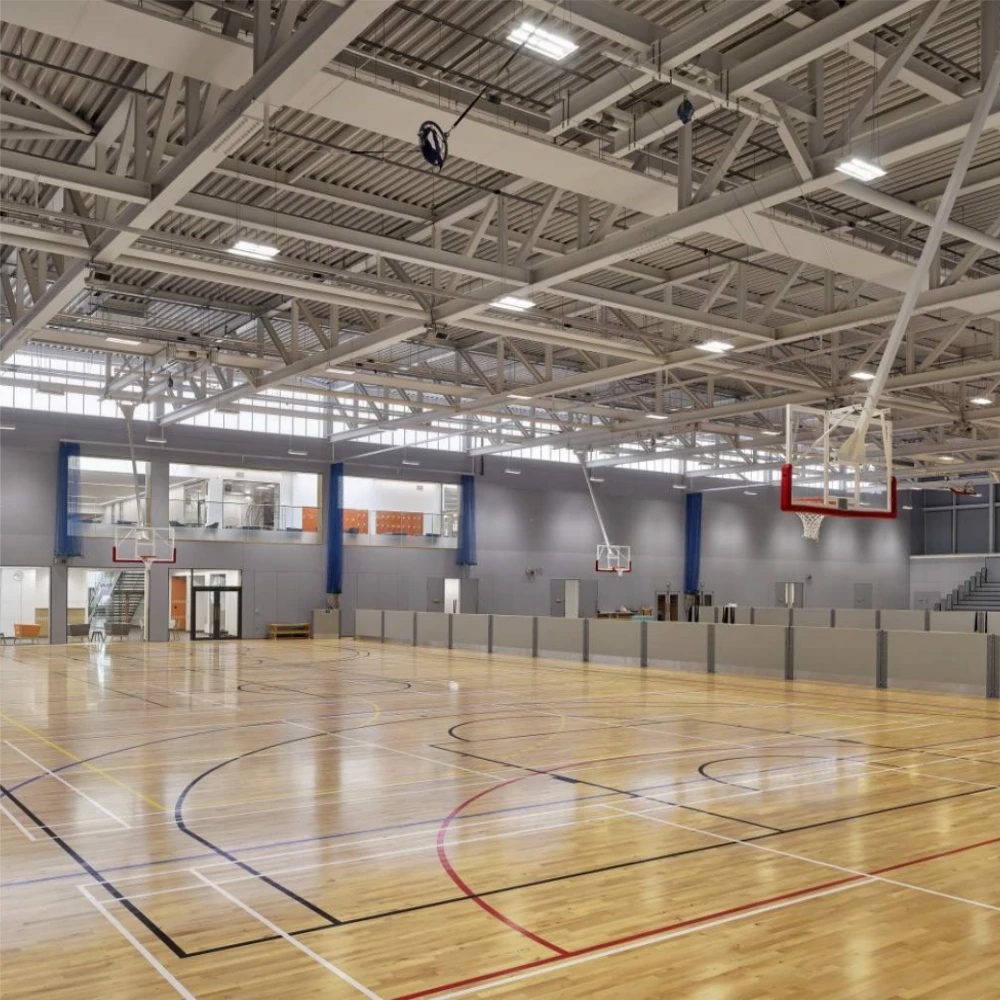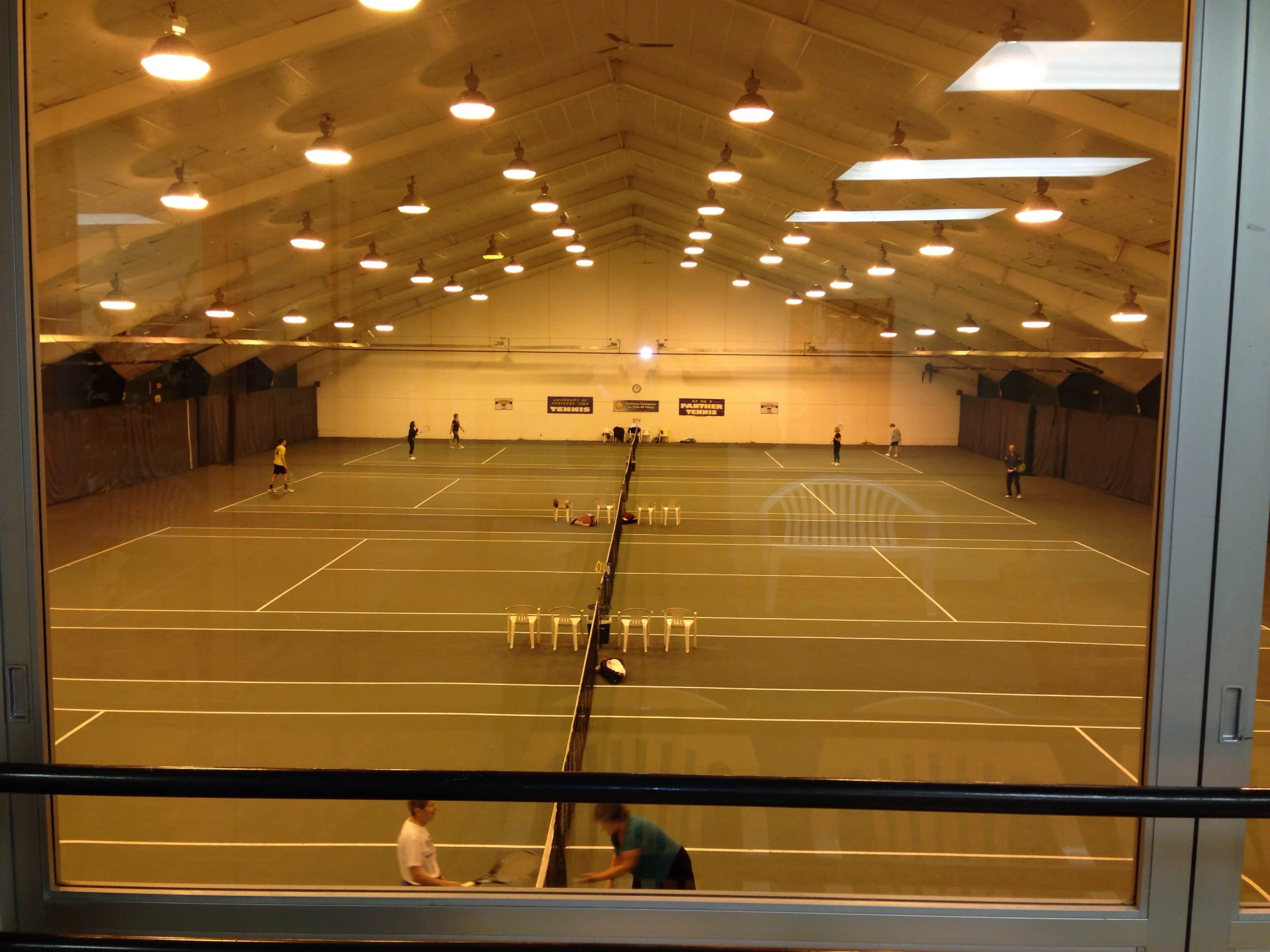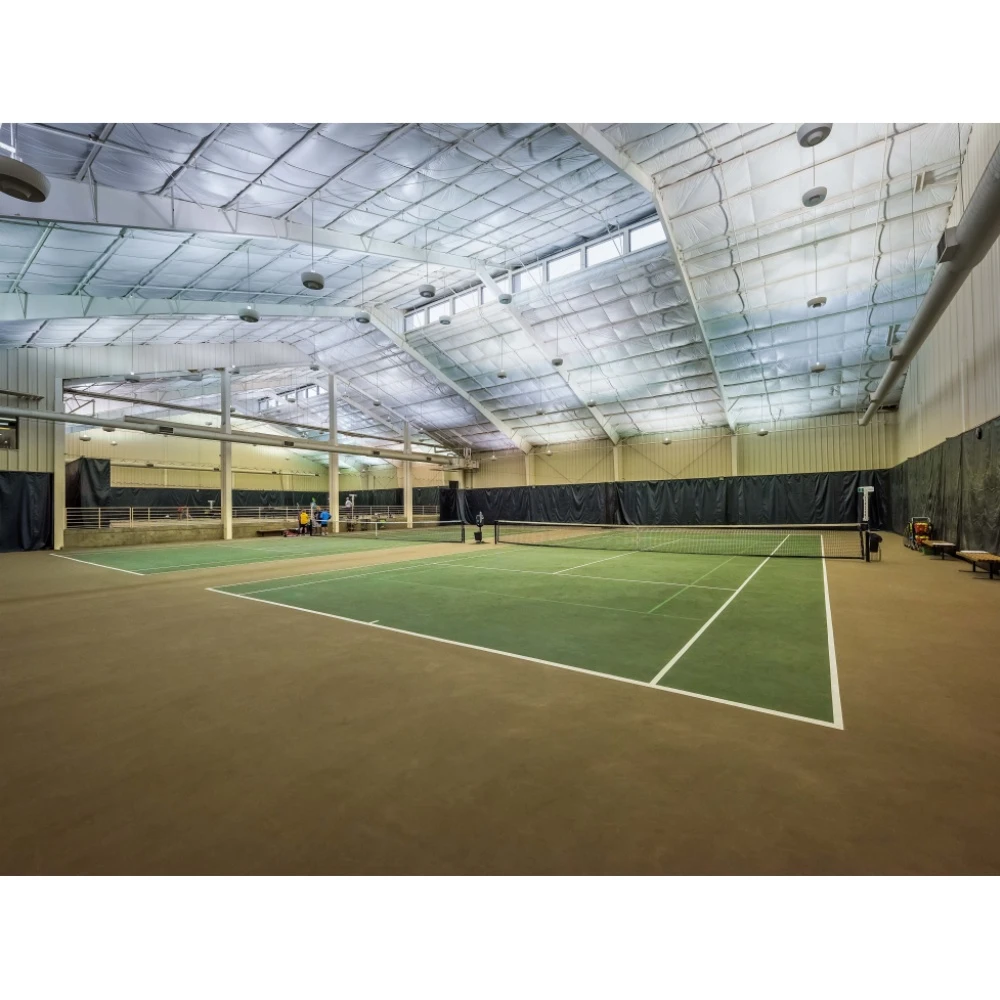- Afrikaans
- Albanian
- Amharic
- Arabic
- Armenian
- Azerbaijani
- Basque
- Belarusian
- Bengali
- Bosnian
- Bulgarian
- Catalan
- Cebuano
- Corsican
- Croatian
- Czech
- Danish
- Dutch
- English
- Esperanto
- Estonian
- Finnish
- French
- Frisian
- Galician
- Georgian
- German
- Greek
- Gujarati
- Haitian Creole
- hausa
- hawaiian
- Hebrew
- Hindi
- Miao
- Hungarian
- Icelandic
- igbo
- Indonesian
- irish
- Italian
- Japanese
- Javanese
- Kannada
- kazakh
- Khmer
- Rwandese
- Korean
- Kurdish
- Kyrgyz
- Lao
- Latin
- Latvian
- Lithuanian
- Luxembourgish
- Macedonian
- Malgashi
- Malay
- Malayalam
- Maltese
- Maori
- Marathi
- Mongolian
- Myanmar
- Nepali
- Norwegian
- Norwegian
- Occitan
- Pashto
- Persian
- Polish
- Portuguese
- Punjabi
- Romanian
- Russian
- Samoan
- Scottish Gaelic
- Serbian
- Sesotho
- Shona
- Sindhi
- Sinhala
- Slovak
- Slovenian
- Somali
- Spanish
- Sundanese
- Swahili
- Swedish
- Tagalog
- Tajik
- Tamil
- Tatar
- Telugu
- Thai
- Turkish
- Turkmen
- Ukrainian
- Urdu
- Uighur
- Uzbek
- Vietnamese
- Welsh
- Bantu
- Yiddish
- Yoruba
- Zulu
Nov . 20, 2024 18:15 Back to list
Small Agricultural Buildings Essential Structures for Modern Farming
In the world of agriculture, small buildings play a crucial role in supporting various farming activities. These structures, often overshadowed by larger barns and warehouses, are essential for enhancing productivity, improving efficiency, and providing necessary facilities for livestock and equipment. This article explores the importance, types, and benefits of small agricultural buildings, underscoring their significance in modern farming practices.
Importance of Small Agricultural Buildings
Small agricultural buildings, such as storage sheds, greenhouses, tool barns, and animal shelters, serve multiple purposes on a farm. They are vital for protecting crops, preserving equipment, and offering shelter to livestock. For instance, a simple storage shed can safeguard tools and machinery from harsh weather conditions, extending their lifespan and minimizing the need for costly repairs or replacements. Similarly, greenhouses allow farmers to cultivate plants in controlled environments, optimizing growth conditions and extending the growing season.
Moreover, these buildings are essential for organizing farm operations. With designated spaces for various tools and equipment, farmers can improve workflow, reduce time spent searching for items, and increase overall productivity. This organization is particularly important for small-scale farmers who may not have the luxury of extensive land or resources.
Types of Small Agricultural Buildings
1. Storage Sheds These are perhaps the most common type of small agricultural buildings. They are used to store tools, machinery, seeds, and other essential supplies. Proper storage is critical to prevent damage from weather and pests.
2. Animal Shelters Small barns and shelters provide necessary protection for livestock against cold weather, rain, and predators. These shelters must be well-ventilated and spacious enough to ensure the comfort and health of the animals.
3. Greenhouses For those looking to extend their growing season or cultivate sensitive plants, greenhouses offer a controlled environment. They can be small structures that allow farmers to take advantage of sunlight while protecting plants from the elements.
small agricultural buildings

4. Workshops These buildings serve as a space for repairs, maintenance, and crafting of farm-related items. Having a dedicated workshop can increase efficiency and ensure that repairs can be made quickly and effectively.
5. Potting Sheds For those who grow flowers or ornamental plants, potting sheds are invaluable. They provide space for potting, transplanting, and organizing plants in a convenient and productive manner.
Benefits of Small Agricultural Buildings
The benefits of investing in small agricultural buildings extend beyond mere storage. One of the most significant advantages is cost-effectiveness. Building smaller structures allows farmers to avoid the high costs associated with larger facilities, while still meeting their operational needs. Additionally, these buildings can be customized to fit the specific requirements of a farm, ensuring that every inch is utilized effectively.
Small buildings also encourage sustainable farming practices. For example, a well-designed greenhouse can reduce the need for chemical pesticides, as climate conditions can be managed more effectively. This aligns with the growing trend of organic farming and environmental consciousness among consumers.
Furthermore, small agricultural buildings can enhance community engagement. Many farmers open their facilities to local schools or community groups for educational purposes, fostering a greater understanding of agriculture and food production.
Conclusion
In summary, small agricultural buildings, while often overlooked, are vital components of modern farming. They provide necessary support for storing equipment, protecting livestock, and cultivating plants, ultimately enhancing productivity and efficiency. As agriculture continues to evolve, the role of these structures will remain critical in fostering sustainable and effective farming practices. Investing in well-planned small agricultural buildings is a step toward ensuring the future success of farms, large and small.
-
How Do Prefabricated Steel Structures Transform Modern Construction?
NewsJul.14,2025
-
How Do Prefabricated Metal Buildings Redefine Modern Construction?
NewsJul.14,2025
-
How Do Prefab Insulated Metal Buildings and Steel Structures Revolutionize Modern Construction?
NewsJul.14,2025
-
How Do Pre - Engineered Steel Structures Redefine Modern Construction?
NewsJul.14,2025
-
Advancing Modular Construction with Prefabricated Metal Structures
NewsJul.14,2025
-
Advancing Industrial Infrastructure with Prefabricated Steel Solutions
NewsJul.14,2025
Products categories
Our Latest News
We have a professional design team and an excellent production and construction team.












